Can you stand on an egg? Can you push on an egg as hard as you can without breaking it? This was a very exciting challenge for the 4 kindergarten classes that I did this science experiment for kids with.
This is a great activity to do any time of year! I did the experiment in the spring while children were learning about eggs and baby animals. For me, experiments like this, bring so much excitement that they create a love of science and learning. What could be better?
Click image for full activity description.
Materials
One of the great things about this science experiment for kids is that the materials you need are really simple and easy to get your hands on. All you need are:
- Eggs (24-30 eggs)
- Waterproof Cloth
- 2 Large Boards (I used cutting boards)
Keep eggs in the cardboard containers for the experiment. You will, however, need to remove the top of the containers.
Science Experiments for Kids
Can You Crack an Egg?
To start, show children an egg. Ask them if they think they can break the egg. Of course everyone agreed that they could easily break the egg. We all think of eggs as being fragile and most children have even cracked several eggs before when baking.
Have a volunteer hold an egg between their hands and push on it, length wise, as hard as they can.
As long as they keep their hands straight, the egg will remain together. (However, I usually put a garbage can underneath just in case – and because it helps to build the excitement.)
At this point many of the kids assume that the egg is either hard boiled or a fake egg. To show that the egg is just a regular egg, crack one into the garbage for them to see that it will in fact break. It’s not magic – it’s science!
Can You Stand on an Egg?
Holding and pushing on the egg is a great way to introduce the science of eggs. Next, we moved onto our main experiment.
I usually start by putting down a waterproof/plastic cloth on the carpet. Firstly, because if the eggs do crack, it’s easy clean up. Secondly, it builds up children’s anticipation that a bunch of eggs are going to be broken (or so they think).
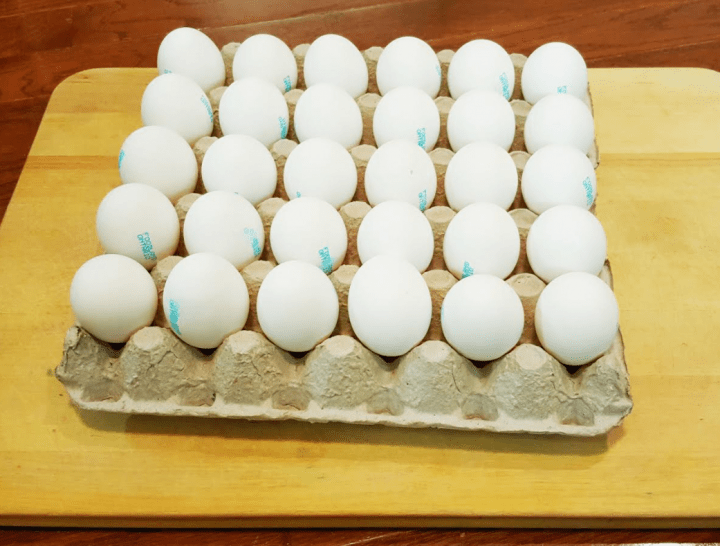
Start by setting the eggs on a solid board. I used a wooden cutting board. This keeps the eggs from moving around and keeps them on a solid surface.
Next, lay another solid board on top. This helps to make sure the weight is distributed equally. You can still try the experiment without the boards, but as children step onto the eggs, they may put all of their weight onto one egg as they stand on them.
Tell children that you need a volunteer to stand on the eggs. This is a great time to have children make a hypothesis (a guess) for what they think will happen. Usually the consensus is that we are going to have a mess of scrambled eggs.
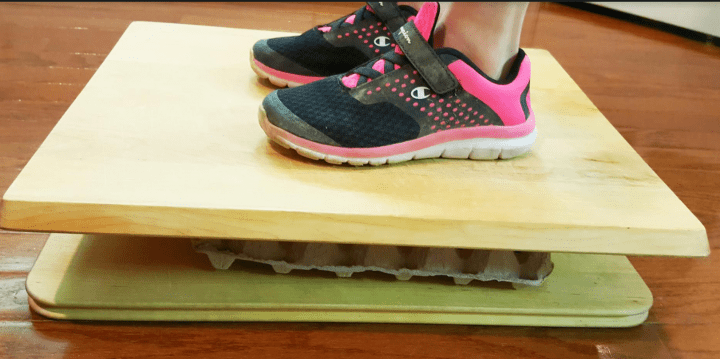
At home, I started with my youngest child and lifted her onto the board. I avoided letting her step on because uneven weight distribution can cause the eggs to crack (trust me). As she stood on the eggs we listened very quietly for any cracking sounds.
I lifted them off of the board and then (dramatically) nervously lifted the board to check the eggs. No cracked eggs!
I have done this with up to about 60 pounds. We have even tried 2 children on the board and even jumping. Children are always amazed and shocked when I lift the cutting board and the eggs are all still whole.
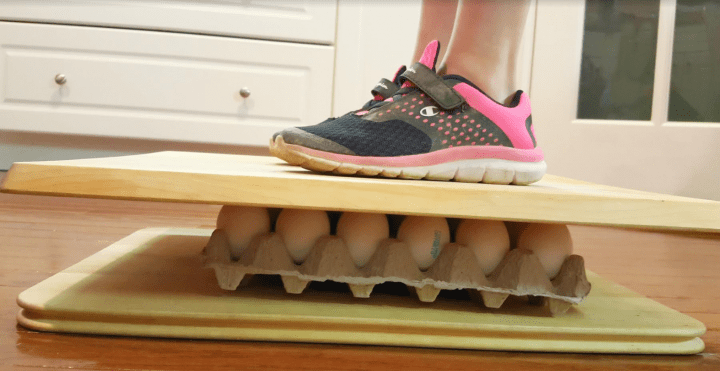
The Science Behind the Eggs
Although I did this science experiment for kids with kindergarten children, I still like to offer a bit of a science explanation for what happens and why. Children may not understand all of the science to it, but I am always amazed by how much they do understand – and remember.
The shape of the eggs is what allows it to hold the weight – the same idea how a mother hen can sit on her eggs and not break them, yet a baby chick can peck and crack that same egg open.
The weight of the child being spread out over all of the eggs (because of the board), and the curved shape of the egg is what makes them really strong, yet at the same time so fragile. Isn’t nature amazing?
(Note: Before you put the cutting board on top of the eggs make sure that they are all up the same way (not on their sides). If one egg is considerably taller then the others it will take the weight and crack.)
Extension Ideas
After visiting the kindergarten classes, I took the eggs home after school and did the experiment with my kids. Then we had some extra fun with the eggs.
After each of my kids standing on the eggs, and then standing together, we tested how much weight the eggs could withstand before they’d crack. My kids excitedly ran around the house finding different things to set on top.
Finally, with the cutting board covered in books and random objects we heard the eggs crack. It gets quiet messy, but it was fun to test out the weight limit at home on the eggs.
This science experiment for kids is one that I will continue to repeat year after year.
(I wouldn’t usually waste so many eggs, but they had been out of the fridge all day so they were not going to be eaten.)
Science Experiment for Kids with Eggs #2
If you did the above experiment and now have a bunch of eggs left over, try out this egg experiment for kids. The experiment involves a bouncing egg and also teaches about keeping teeth healthy!
Free STEAM Choice Board
Join Hands-On Teaching Ideas to gain access to my Free Resource Library filled with lots of printable learning resources, from a choice board full of STEM activities for kids to escape room games, you can download anything that interests you for your classroom or home. Subscribe here.
More Hands-On Teaching Ideas
If you are looking for more activity ideas, below is a collection of my favorite and most popular learning activities.
From more science experiments for kids and paper mache art to STEM building challenges and escape rooms there is lots to keep kids learning, busy and engaged.

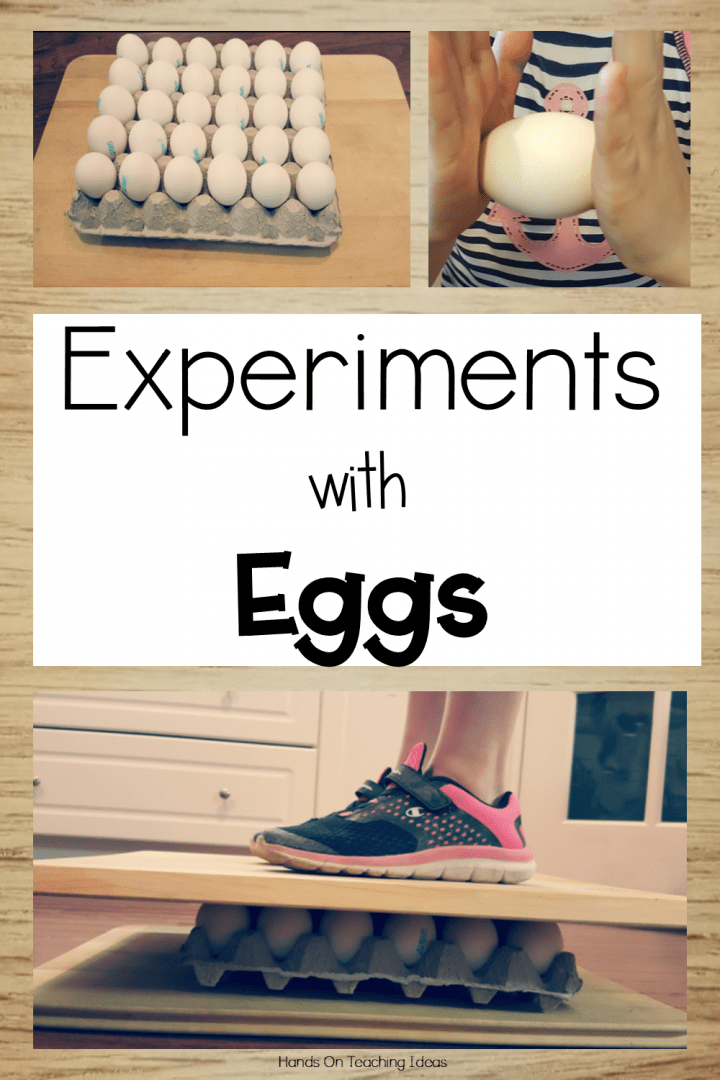
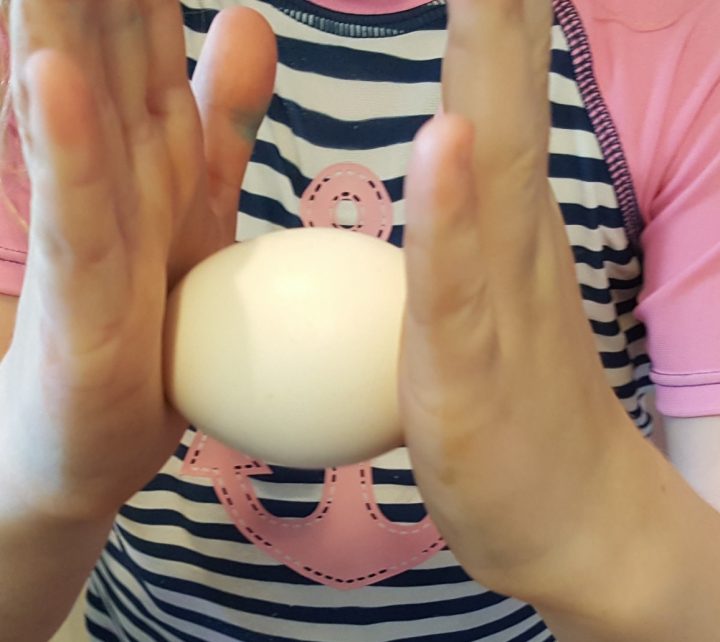
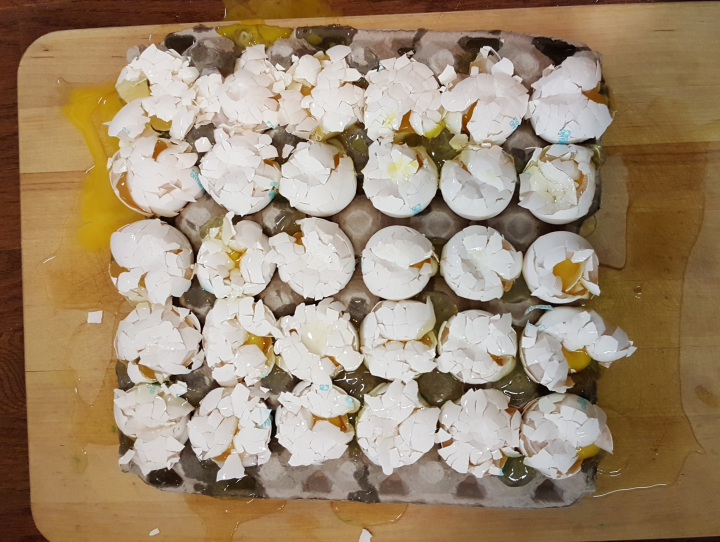
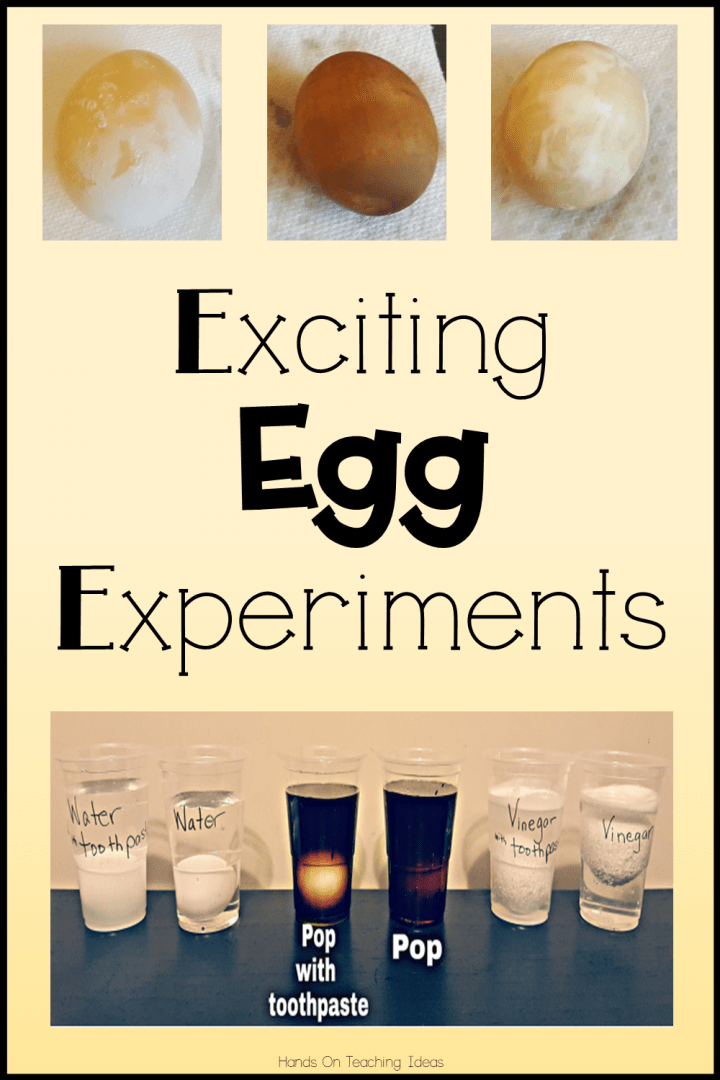

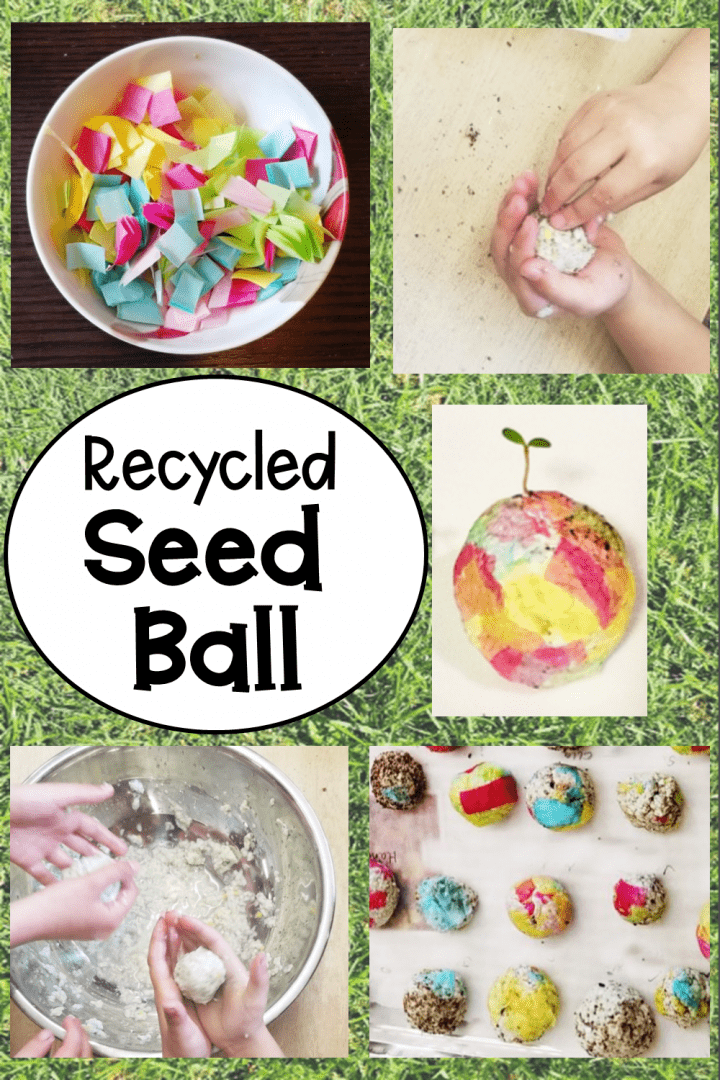
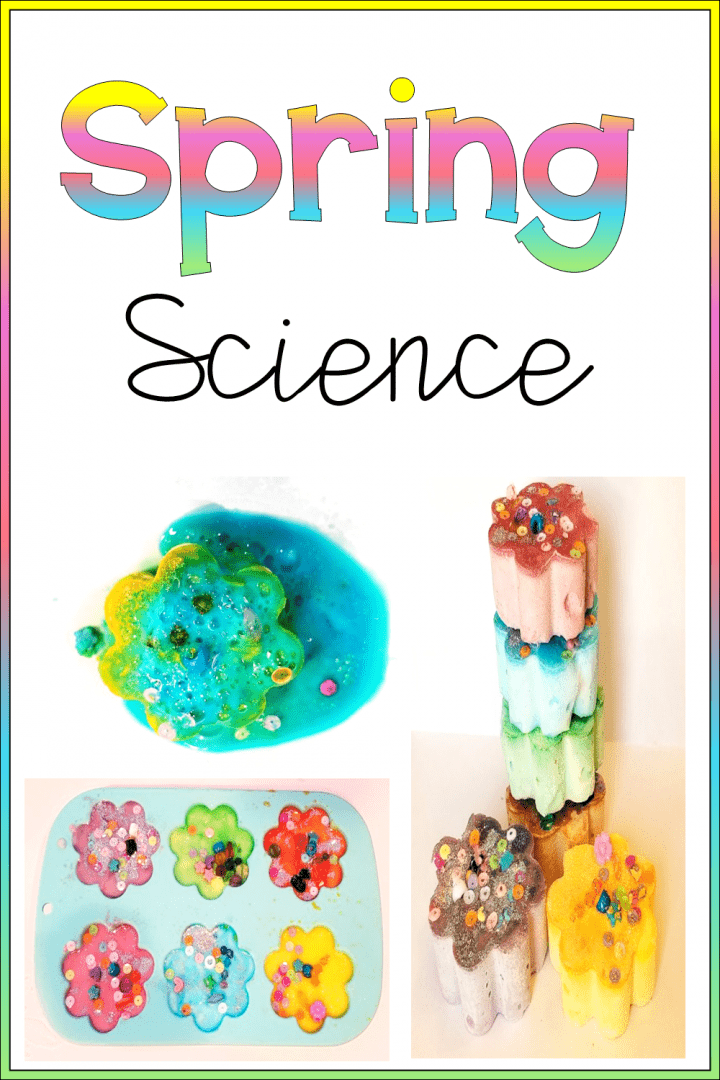
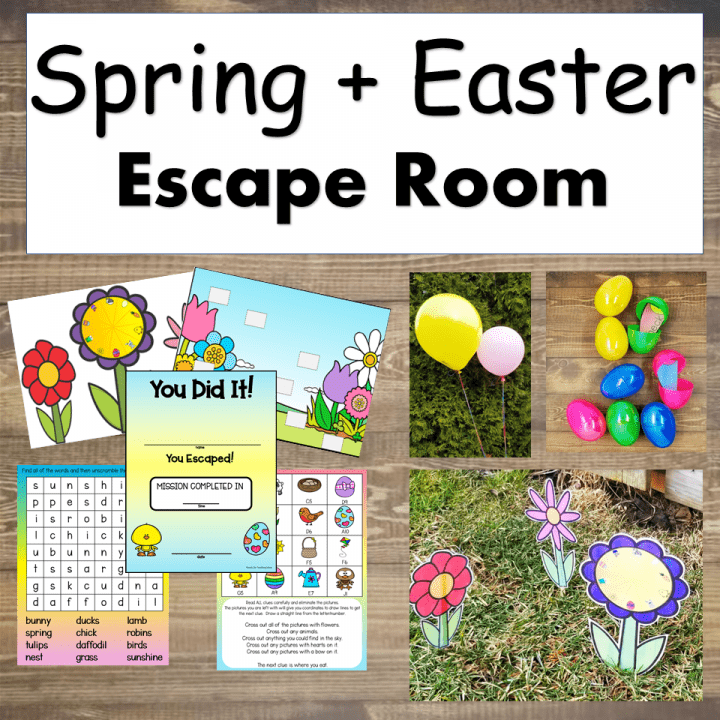
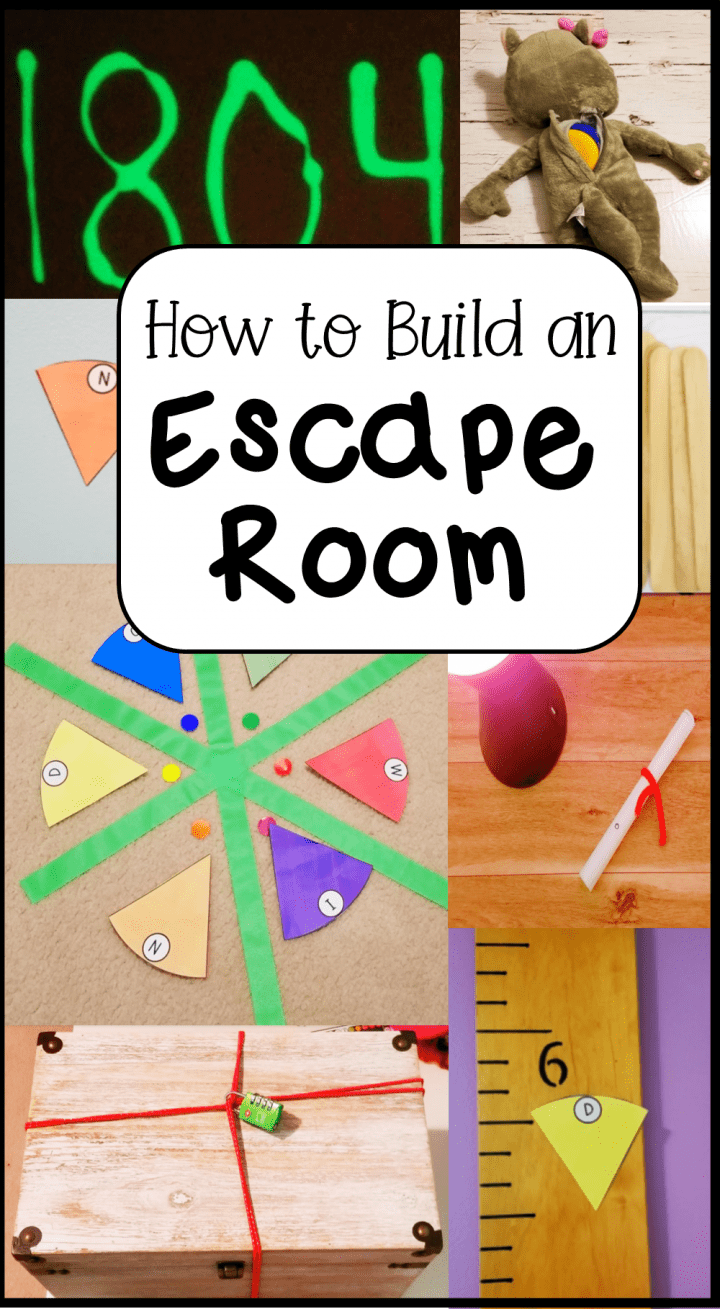
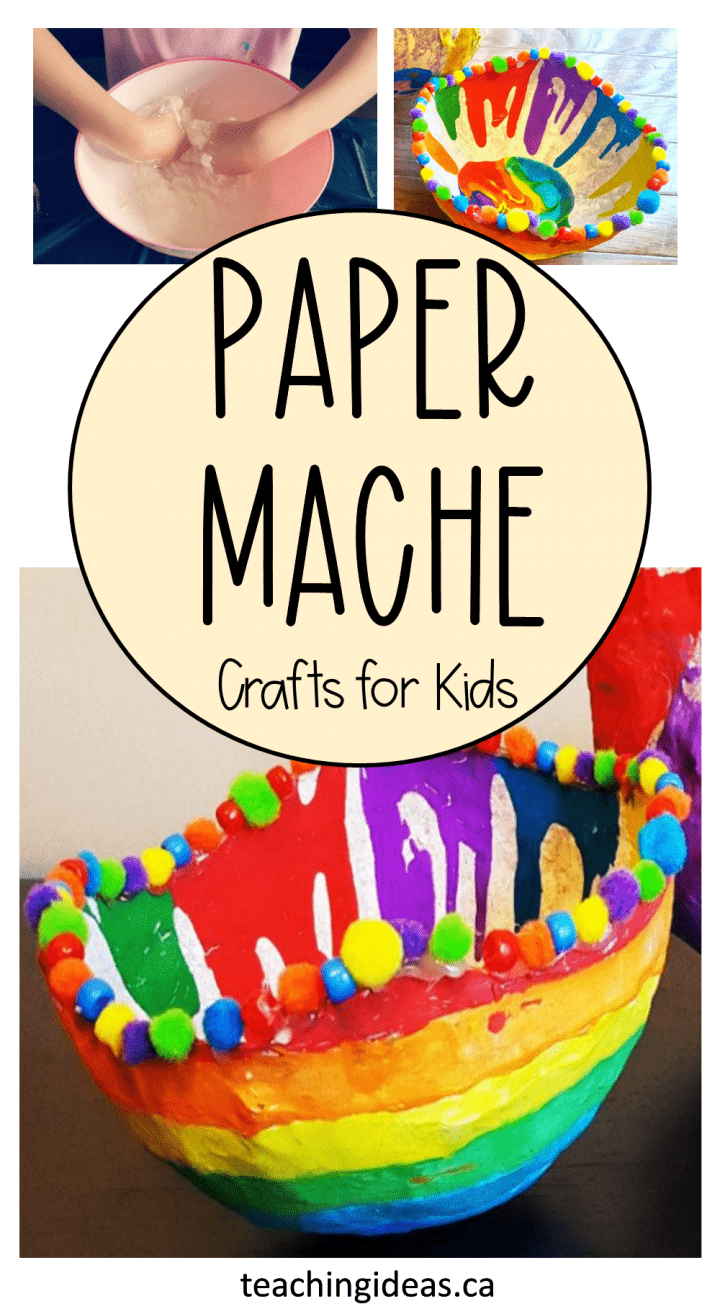
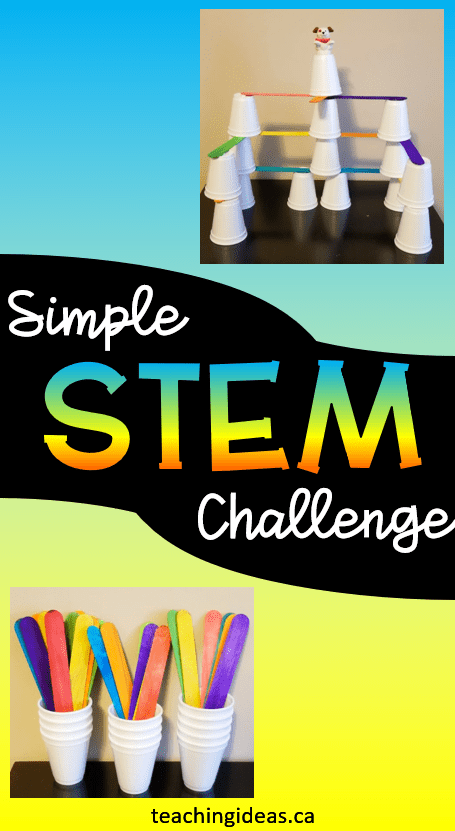
Leave a Reply